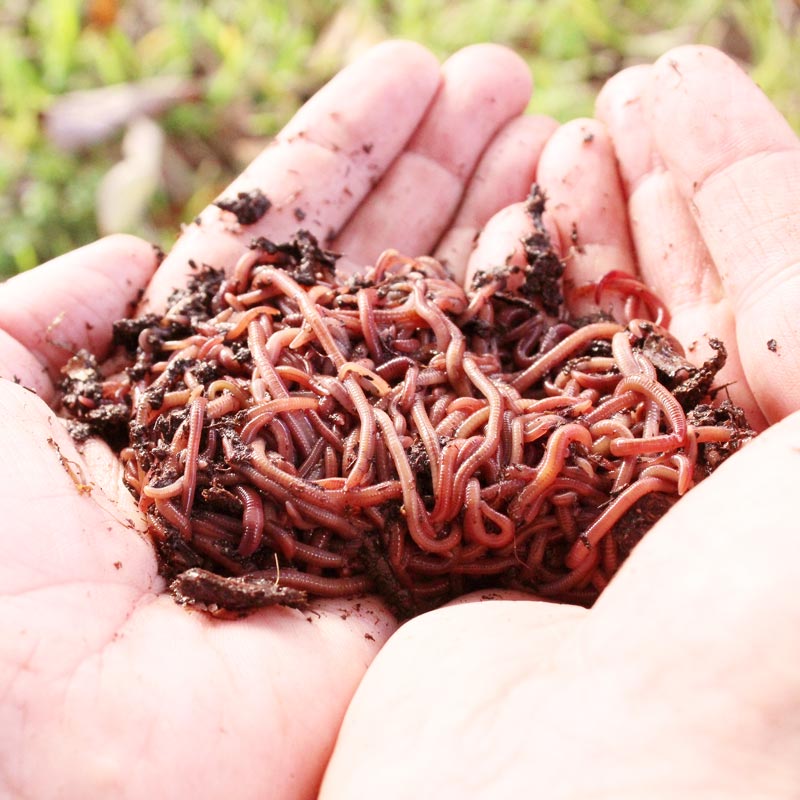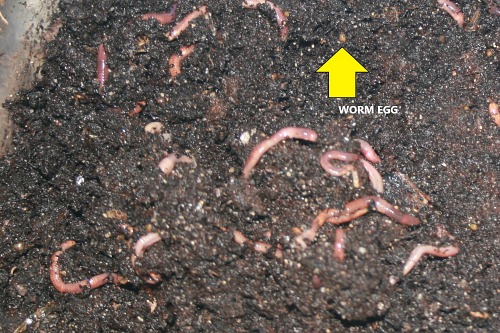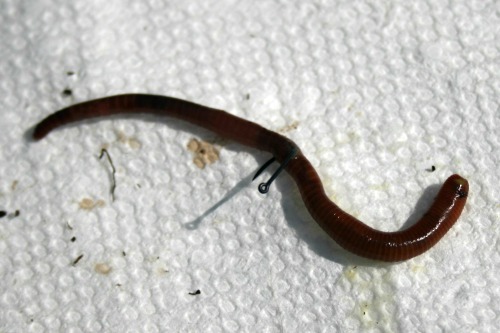Use Lake Hickory Bait for Remarkable Lawn Health and Gorgeous Greens
Use Lake Hickory Bait for Remarkable Lawn Health and Gorgeous Greens
Blog Article
Red Wigglers: The Unsung Heroes of Organic Waste Recycling
Red wigglers, or Eisenia fetida, offer as crucial agents in the organic waste reusing process, changing disposed of products into valuable vermicompost. As the world progressively seeks options to fight waste accumulation and enhance agricultural productivity, understanding the function of these worms becomes essential.
What Are Red Wigglers?
The impressive resilience of red wigglers, scientifically called Eisenia fetida, emphasizes their essential role in natural waste recycling. These tiny, reddish-brown earthworms are commonly located in breaking down organic issue, such as garden compost heaps and manure loads. Lake Hickory Bait. Unlike various other earthworm types, red wigglers flourish in nutrient-rich environments and are extremely effective at breaking down organic materials, making them crucial for vermicomposting

(Red Wiggler Express)In addition to their function in waste decrease, red wigglers add to soil wellness by improving dirt structure and oygenation with their burrowing activities (Lake Hickory Bait). Their existence in composting systems not only enhances decay rates yet likewise promotes a lasting strategy to throw away management, highlighting their value in environmental preservation initiatives
Benefits of Composting With Worms
Composting with worms, specifically red wigglers, uses many advantages that improve both waste monitoring and soil health and wellness. These worms efficiently break down natural waste, transforming it right into nutrient-rich vermicompost that enhances dirt. This process speeds up decomposition, permitting a much faster recycling of kitchen area scraps and other organic materials compared to typical composting approaches.
In addition, the vermicompost created by red wigglers is including helpful bacteria, which aid enhance soil structure, oygenation, and moisture retention. This boosts the overall wellness of plants, promoting vigorous growth and raised returns in yards and agricultural setups. The usage of worms in composting reduces the manufacturing of greenhouse gases, such as methane, contributing to a more lasting waste management system.

How to Start Vermicomposting
Developing a vermicomposting system is a straightforward process that can produce considerable advantages for both waste administration and dirt enrichment. To begin, select an ideal container, such as a plastic bin or wood box, with ample ventilation holes to ensure correct airflow. The dimensions need to preferably be about 2 feet by 3 feet, allowing adequate space for the worms to grow.
Following, prepare bedding product, which can consist of shredded newspaper, cardboard, or coconut coir. This bed linens must be dampened to develop an appropriate habitat for the worms. As soon as the bed linen is in place, introduce red wigglers (Eisenia fetida) into the container, generally around one pound of worms for each square foot of surface location.
Following the placement of worms, include natural waste, such as fruit and veggie scraps, coffee premises, and smashed eggshells. Prevent including dairy products, meat, or oils, as these can create odors and bring in parasites. Lastly, place the container in a shaded, temperature-controlled location to maintain optimum conditions for worm task. With these steps, you will efficiently launch a vermicomposting system that adds to sustainable waste management and enhances your dirt.
Keeping a Healthy And Balanced Worm Container
(Lake Rhodhiss Bait)Maintaining a worm container prospering calls for regular interest and like make sure the wellness of the red wigglers and the effectiveness of the composting process. Proper maintenance starts with keeping track of the moisture degrees; the container should be moist however not saturated. An excellent guideline is to preserve an uniformity similar to a wrung-out sponge.
Aeration is critical too. Carefully blending the bedding and food scraps every few weeks stops compaction and makes certain that all worms have accessibility to oxygen. Additionally, it is essential to feed the worms suitably. A balanced diet of fruit and vegetable scraps, coffee grounds, and crushed eggshells should be offered in small amounts to avoid overfeeding, which can cause odors and insects.
Temperature policy is one more essential facet. Red wigglers flourish in a variety of 55 to 77 levels Fahrenheit. If the container ends up being also hot or cool, the worms might come have a peek at this website to be worried - Lake Hickory Bait. Last but not least, regularly look for indicators of health, such as worm population growth and the existence of healthy and balanced spreadings. By vigilantly managing these variables, one can keep a robust and effective worm container.
Impact on Sustainable Living
The effective upkeep of a worm container not just profits the health of red wigglers but additionally adds significantly to lasting living techniques. By reusing organic waste, such as kitchen scraps and yard particles, red wigglers help draw away significant quantities of material from landfills. This decrease in waste not just reduces greenhouse gas exhausts however likewise decreases the ecological concern related to waste administration.
Additionally, the castings created by red wigglers work as a nutrient-rich natural fertilizer, improving dirt health and advertising plant development. This all-natural option to chemical fertilizers sustains lasting farming and horticulture practices, lowering dependence on artificial inputs that can harm ecological communities. Furthermore, worm composting fosters recognition of waste management, motivating individuals and communities to take on more lasting habits.

Final Thought
In summary, red wigglers work as vital factors to natural waste recycling with their efficient decomposition of organic products. Their capability to generate nutrient-rich vermicompost enhances dirt wellness and supports sustainable farming methods. By integrating vermicomposting into waste management methods, individuals and neighborhoods can substantially lower waste while advertising ecological sustainability. The duty of Eisenia fetida in cultivating healthy and balanced ecological communities highlights the importance of these organisms in achieving lasting living and enhancing dirt fertility.
Report this page